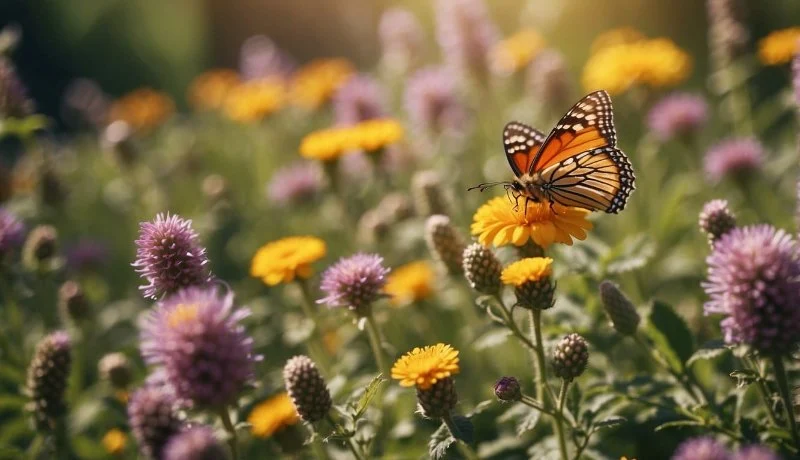
- 1. Choose the Right Location for Your Garden
- 2. Select Pollinator-Friendly Plants
- 3. Plan for Continuous Bloom
- 4. Provide Water Sources
- 5. Avoid Pesticides
- 6. Create a Habitat for Pollinators
- 7. Maintain Your Pollinator Garden
1. Choose the Right Location for Your Garden
Creating a successful pollinator garden starts with selecting the perfect location. Bees and butterflies thrive in areas that receive plenty of sunlight, so aim for a spot with at least 6 hours of sunlight each day. Additionally, consider a location that is sheltered from strong winds and has good soil drainage. A sunny, protected area will provide an ideal environment for your pollinators to flourish.
2. Select Pollinator-Friendly Plants
When selecting plants for your garden, it’s essential to choose varieties that are specifically known to attract bees and butterflies. Native plants are often the best choice, as they are adapted to the local environment and provide the food and habitat pollinators need. Some popular options include:
2.1 Bees
- Lavender
- Echinacea (Coneflower)
- Bee Balm
- Black-eyed Susan
2.2 Butterflies
- Milkweed
- Butterfly Bush
- Purple Coneflower
- Joe Pye Weed
Incorporating a mix of plants that bloom in different seasons will ensure that your garden supports pollinators year-round.
3. Plan for Continuous Bloom
To support bees and butterflies throughout the growing season, it’s important to plan for continuous bloom. By selecting a variety of plants that bloom at different times, you can provide a steady food source for pollinators from early spring through fall. For example, start with crocus and snowdrops in the early spring, followed by summer bloomers like lavender, and finish with asters and goldenrod in the fall.
4. Provide Water Sources
Bees and butterflies also need water, so incorporating a water source in your garden is essential. A shallow birdbath, a small pond, or even a water dish with stones for bees to land on can serve as valuable water sources. Just be sure to clean the water regularly to prevent mosquitoes from breeding.
5. Avoid Pesticides
Pesticides can be harmful to pollinators, so it's crucial to avoid using them in your garden. Opt for organic gardening practices that encourage natural pest control, such as introducing beneficial insects like ladybugs and praying mantises. If you do need to control pests, use natural remedies like neem oil or insecticidal soap that are safer for pollinators.
6. Create a Habitat for Pollinators
Pollinators need more than just food and water—they also require shelter. Create a habitat for bees and butterflies by incorporating elements like fallen logs, rocks, or even a small patch of bare soil. For bees, consider adding a bee house or leaving some areas of the garden undisturbed for ground-nesting bees. Providing a variety of natural habitats will encourage a wide range of pollinators to visit your garden.
7. Maintain Your Pollinator Garden
Maintaining your pollinator garden is essential for its continued success. Regularly prune plants, remove dead flowers, and check for any signs of pests. Avoid overwatering, as this can lead to fungal diseases. It's also a good idea to periodically introduce new plants to keep the garden diverse and healthy.
By following these 7 steps, you can create a thriving pollinator garden that attracts bees, butterflies, and other beneficial insects. Not only will this help the environment, but it will also provide you with a beautiful and vibrant garden throughout the year.
For more tips on creating stunning and sustainable gardens, visit Beautiful Landscapes for expert advice and the best gardening products.

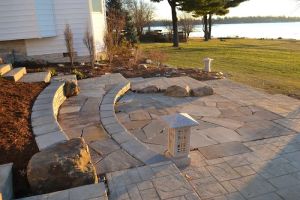
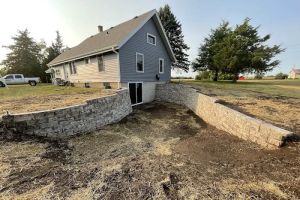
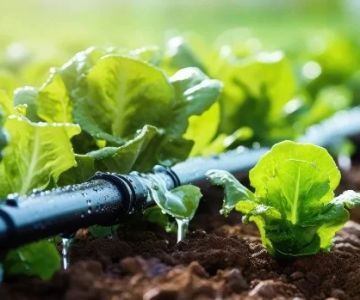
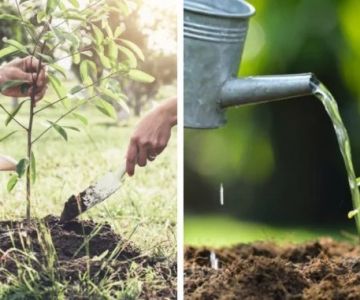
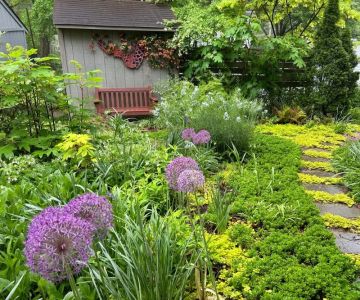
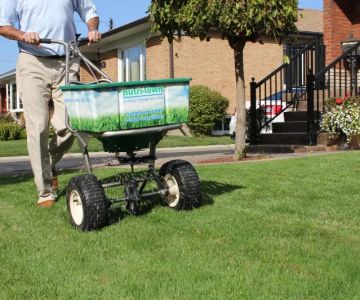

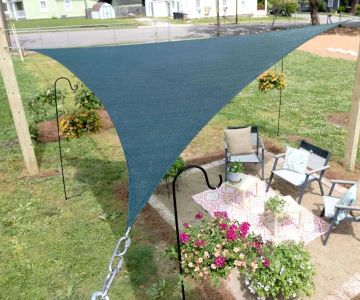
 Crazy A's Landscaping4.0 (22 reviews)
Crazy A's Landscaping4.0 (22 reviews) CLM Midwest3.0 (38 reviews)
CLM Midwest3.0 (38 reviews)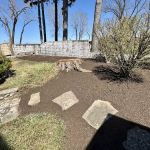 Del Real's Landscaping5.0 (23 reviews)
Del Real's Landscaping5.0 (23 reviews)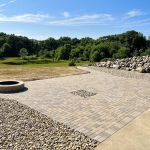 The Idriss Company Landscaping LLC5.0 (1 reviews)
The Idriss Company Landscaping LLC5.0 (1 reviews)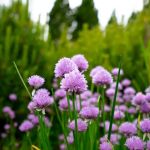 Ecogardens5.0 (1 reviews)
Ecogardens5.0 (1 reviews) Austin Bennett Contracting LLC3.0 (2 reviews)
Austin Bennett Contracting LLC3.0 (2 reviews) How to Create a Front Walk That Makes a Great First Impression
How to Create a Front Walk That Makes a Great First Impression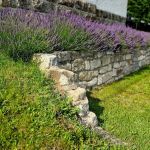 How to Prevent Soil Erosion Naturally Without Retaining Walls
How to Prevent Soil Erosion Naturally Without Retaining Walls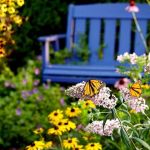 How to Create a Butterfly Pathway Through Your Garden
How to Create a Butterfly Pathway Through Your Garden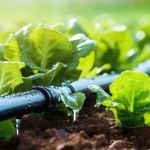 How to Use Drip Irrigation to Save Water Effectively
How to Use Drip Irrigation to Save Water Effectively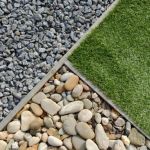 How to Use Decorative Gravel & Stone Finishes for Stunning Landscapes
How to Use Decorative Gravel & Stone Finishes for Stunning Landscapes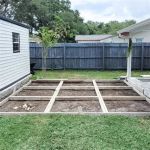 How to Convert a Concrete Patio Into a Green Oasis | Beautiful Landscapes
How to Convert a Concrete Patio Into a Green Oasis | Beautiful Landscapes